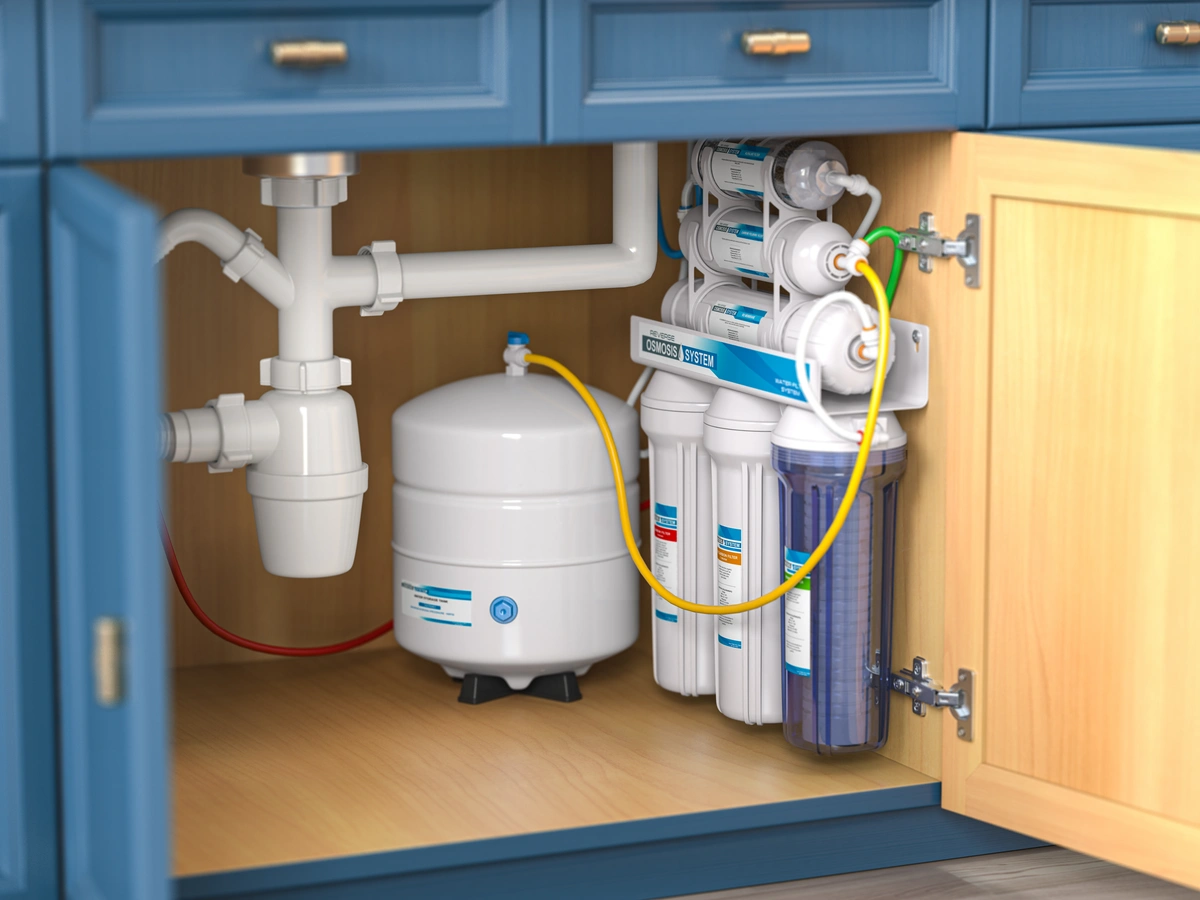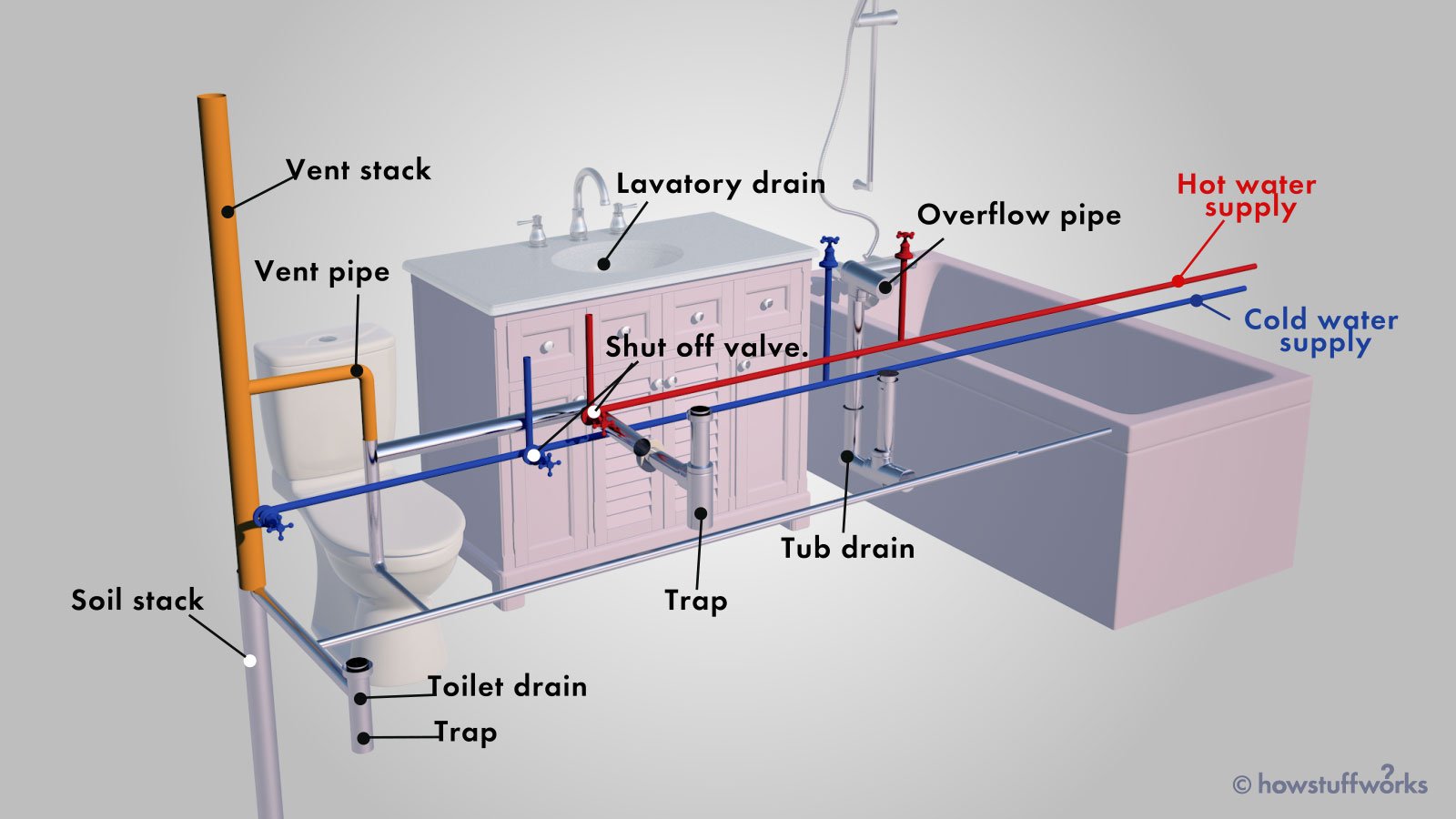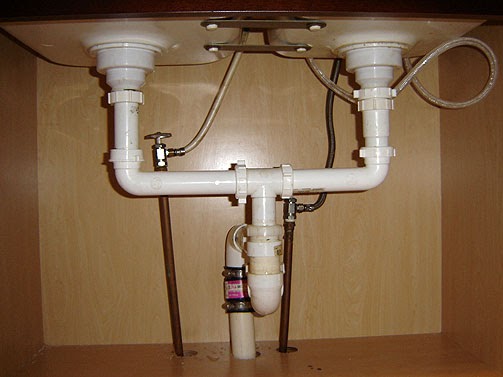When it comes to setting up your kitchen sink, choosing the right plumbing fittings is crucial. These fittings are responsible for supplying water to your sink, ensuring proper drainage, and maintaining the overall functionality of your kitchen. With so many options available, it can be overwhelming to know which fittings to choose. In this article, we will discuss the top 10 plumbing fittings for kitchen sink water supply, helping you make an informed decision for your kitchen.1. Choosing the Right Plumbing Fittings for Your Kitchen Sink
Before we dive into the top 10 fittings, let's first understand the different types of fittings available. There are three main types of fittings used for kitchen sink water supply: compression fittings, push-to-connect fittings, and solder fittings. Compression fittings are the most commonly used and require tightening of a nut and ferrule to secure the connection. Push-to-connect fittings are easy to install and require no tools, as they simply push onto the pipe. Solder fittings involve heating and melting metal to create a watertight seal.2. Types of Plumbing Fittings for Kitchen Sink Water Supply
A shut-off valve is an essential plumbing fitting for your kitchen sink water supply. It allows you to turn off the water supply to your sink in case of a leak or when doing repairs. Shut-off valves come in various types, such as compression, push-to-connect, and ball valves. It is recommended to have a shut-off valve installed for each supply line to your sink, making it easier to isolate any issues that may arise.3. Shut-Off Valves
The supply lines are the pipes that connect your sink to the main water supply. These come in different materials, such as copper, PEX, or braided stainless steel. The type of supply line you choose will depend on your personal preference and budget. Braided stainless steel is the most durable and reliable option, while PEX is more affordable but also has a shorter lifespan.4. Supply Lines
A sink strainer is a small but essential plumbing fitting for your kitchen sink. It is installed in the drain to catch any food particles and debris, preventing clogs in your pipes. There are various types of sink strainers, including mesh, basket, and pop-up. Mesh strainers are the most common and are easy to clean, while basket strainers have a removable basket for easier disposal of debris. Pop-up strainers have a lever on the faucet to open and close the strainer.5. Sink Strainer
Drain pipes are responsible for carrying wastewater away from your kitchen sink. They are usually made of PVC or ABS plastic and come in different sizes to fit your sink configuration. It is essential to properly measure and install drain pipes to ensure proper drainage and prevent leaks. Additionally, you may want to consider adding a P-trap or S-trap to your drain pipe to prevent foul odors from coming back up through the sink.6. Drain Pipes
The type of faucet you choose for your kitchen sink can greatly affect the functionality and aesthetics of your sink. There are various types of faucets, including single-handle, double-handle, touchless, and pull-out. Single-handle faucets are the most common and allow for easy control of both temperature and water flow. Double-handle faucets have separate handles for hot and cold water. Touchless faucets use motion sensors to turn on and off, making them more hygienic. Pull-out faucets have a detachable spray head for added convenience.7. Faucet
If you want to ensure the water coming out of your kitchen sink is clean and safe to drink, consider installing a water filter. There are various types of water filters available, such as under-sink filters, faucet filters, and countertop filters. These filters remove impurities and contaminants from your water, providing you with clean and great-tasting water for cooking and drinking.8. Water Filter
In areas with high water pressure, it is recommended to install a pressure regulator to protect your kitchen sink and other plumbing fixtures from damage. High water pressure can cause pipes to burst and faucets to leak. A pressure regulator helps to maintain a consistent water pressure, preventing any potential issues.9. Pressure Regulator
If you live in an area with hard water, installing a water softener can greatly benefit your kitchen sink and other household appliances. Hard water contains high levels of minerals, such as calcium and magnesium, which can cause buildup in your pipes and faucets, leading to clogs and reduced water flow. A water softener removes these minerals, making your water softer and more gentle on your plumbing. In conclusion, choosing the right plumbing fittings for your kitchen sink water supply is essential for a functional and efficient kitchen. Consider your needs and budget when selecting these fittings, and always consult a professional plumber for installation to ensure everything is done correctly. With the top 10 fittings listed above, you can create a reliable and durable water supply system for your kitchen sink. 10. Water Softener
Different Types of Plumbing Fittings for Kitchen Sink Water Supply

1. Compression Fittings
 One of the most commonly used plumbing fittings for kitchen sink water supply is the compression fitting. This type of fitting is made up of three parts: a compression nut, a compression ring, and a compression seat. It works by compressing the ring onto the pipe, creating a watertight seal. Compression fittings are easy to install and can be used with a variety of pipes, including copper, PVC, and PEX.
One of the most commonly used plumbing fittings for kitchen sink water supply is the compression fitting. This type of fitting is made up of three parts: a compression nut, a compression ring, and a compression seat. It works by compressing the ring onto the pipe, creating a watertight seal. Compression fittings are easy to install and can be used with a variety of pipes, including copper, PVC, and PEX.
2. Push-Fit Fittings
 Push-fit fittings, also known as quick-connect fittings, are becoming increasingly popular in modern house designs. These fittings are made up of three components: a collet, an O-ring, and a body. They work by pushing the pipe into the fitting, which then locks into place. Push-fit fittings are ideal for DIY projects as they require no special tools or skills for installation.
Push-fit fittings, also known as quick-connect fittings, are becoming increasingly popular in modern house designs. These fittings are made up of three components: a collet, an O-ring, and a body. They work by pushing the pipe into the fitting, which then locks into place. Push-fit fittings are ideal for DIY projects as they require no special tools or skills for installation.
3. Barbed Fittings
 Barbed fittings are another type of plumbing fitting that are commonly used for kitchen sink water supply. These fittings have ridges or barbs on the inside, which grip onto the pipe and create a seal. They are often used with flexible pipes, such as PEX or nylon tubing, and are secured with a hose clamp. Barbed fittings are cost-effective and easy to install, making them a popular choice for homeowners.
Barbed fittings are another type of plumbing fitting that are commonly used for kitchen sink water supply. These fittings have ridges or barbs on the inside, which grip onto the pipe and create a seal. They are often used with flexible pipes, such as PEX or nylon tubing, and are secured with a hose clamp. Barbed fittings are cost-effective and easy to install, making them a popular choice for homeowners.
4. Sweat Fittings
 Sweat fittings, also known as solder fittings, are made from copper and are used to connect copper pipes. They work by soldering the fitting onto the pipe, creating a strong and permanent connection. Sweat fittings are often used in older homes and require some skill and specialized equipment for installation. However, they provide a long-lasting and reliable connection for kitchen sink water supply.
Sweat fittings, also known as solder fittings, are made from copper and are used to connect copper pipes. They work by soldering the fitting onto the pipe, creating a strong and permanent connection. Sweat fittings are often used in older homes and require some skill and specialized equipment for installation. However, they provide a long-lasting and reliable connection for kitchen sink water supply.
5. Threaded Fittings
 Threaded fittings are another type of plumbing fitting commonly used for kitchen sink water supply. These fittings have threads on the inside, which allow them to be screwed onto the pipe. They are often used with metal pipes and require a wrench for installation. Threaded fittings are durable and can handle high-pressure water supply, making them a popular choice for commercial kitchens.
Threaded fittings are another type of plumbing fitting commonly used for kitchen sink water supply. These fittings have threads on the inside, which allow them to be screwed onto the pipe. They are often used with metal pipes and require a wrench for installation. Threaded fittings are durable and can handle high-pressure water supply, making them a popular choice for commercial kitchens.
Choose the Right Fittings for Your Kitchen Sink Water Supply
 When it comes to the water supply for your kitchen sink, choosing the right plumbing fittings is crucial. Not only do you want a secure and watertight connection, but you also want fittings that are compatible with your pipes and easy to install. Consider the type of pipes you have, the level of skill required for installation, and the water pressure needed for your sink before choosing the right fittings for your kitchen sink water supply.
In conclusion
, there are various types of plumbing fittings available for kitchen sink water supply, each with its own unique features and benefits. It is important to choose the right type of fitting for your specific needs to ensure a reliable and efficient water supply in your kitchen. Whether you opt for compression, push-fit, barbed, sweat, or threaded fittings, make sure to prioritize quality and compatibility for a successful installation.
When it comes to the water supply for your kitchen sink, choosing the right plumbing fittings is crucial. Not only do you want a secure and watertight connection, but you also want fittings that are compatible with your pipes and easy to install. Consider the type of pipes you have, the level of skill required for installation, and the water pressure needed for your sink before choosing the right fittings for your kitchen sink water supply.
In conclusion
, there are various types of plumbing fittings available for kitchen sink water supply, each with its own unique features and benefits. It is important to choose the right type of fitting for your specific needs to ensure a reliable and efficient water supply in your kitchen. Whether you opt for compression, push-fit, barbed, sweat, or threaded fittings, make sure to prioritize quality and compatibility for a successful installation.



:max_bytes(150000):strip_icc()/sink-pipe-under-wash-basin-119001607-75542e154b364e7bb52032249f293908.jpg)














/sink-pipe-under-wash-basin-119001607-75542e154b364e7bb52032249f293908.jpg)

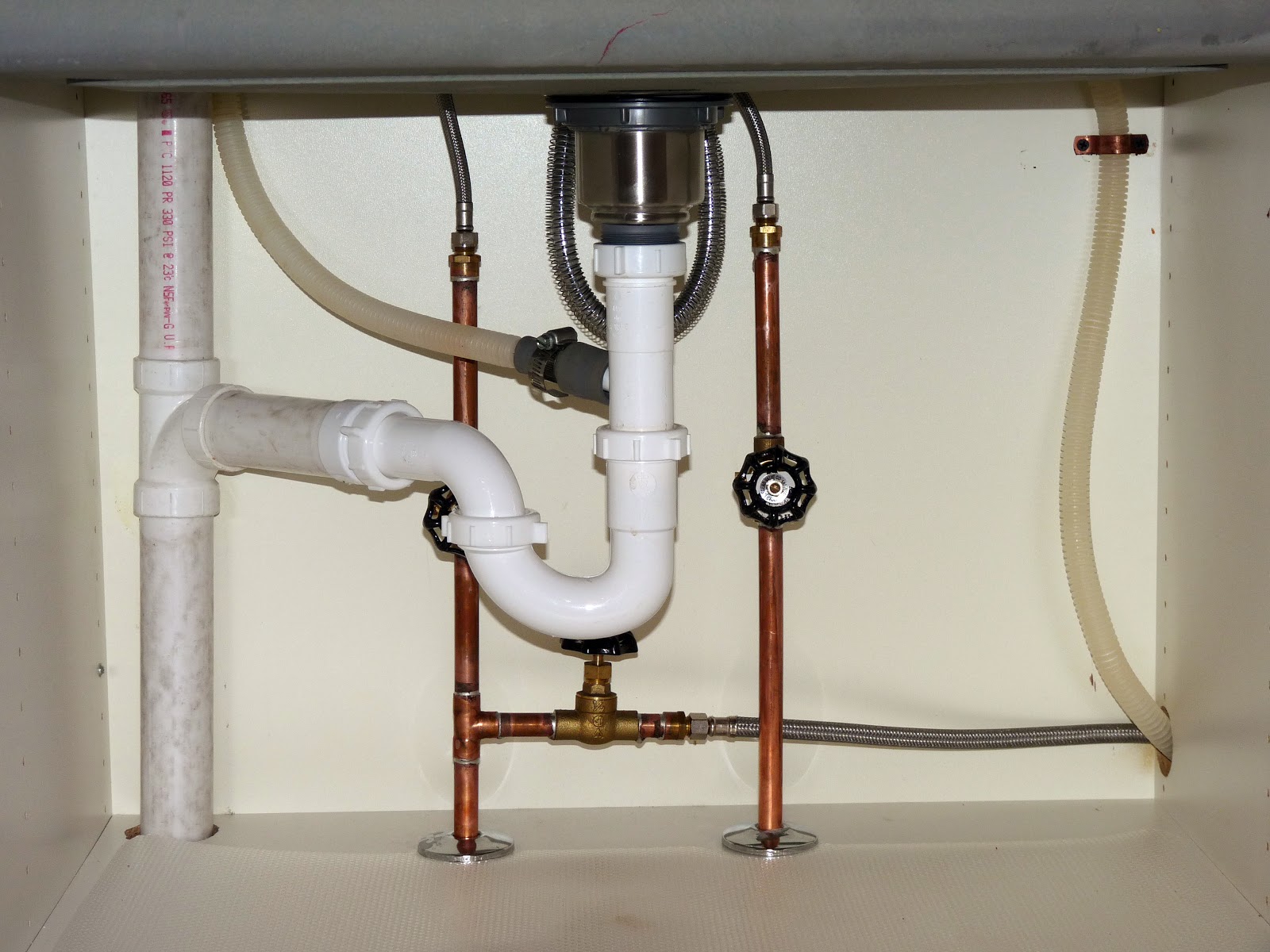













/Plastic-Plumbing-Pipe-183508152-58a47c925f9b58819c9c8ac6.jpg)













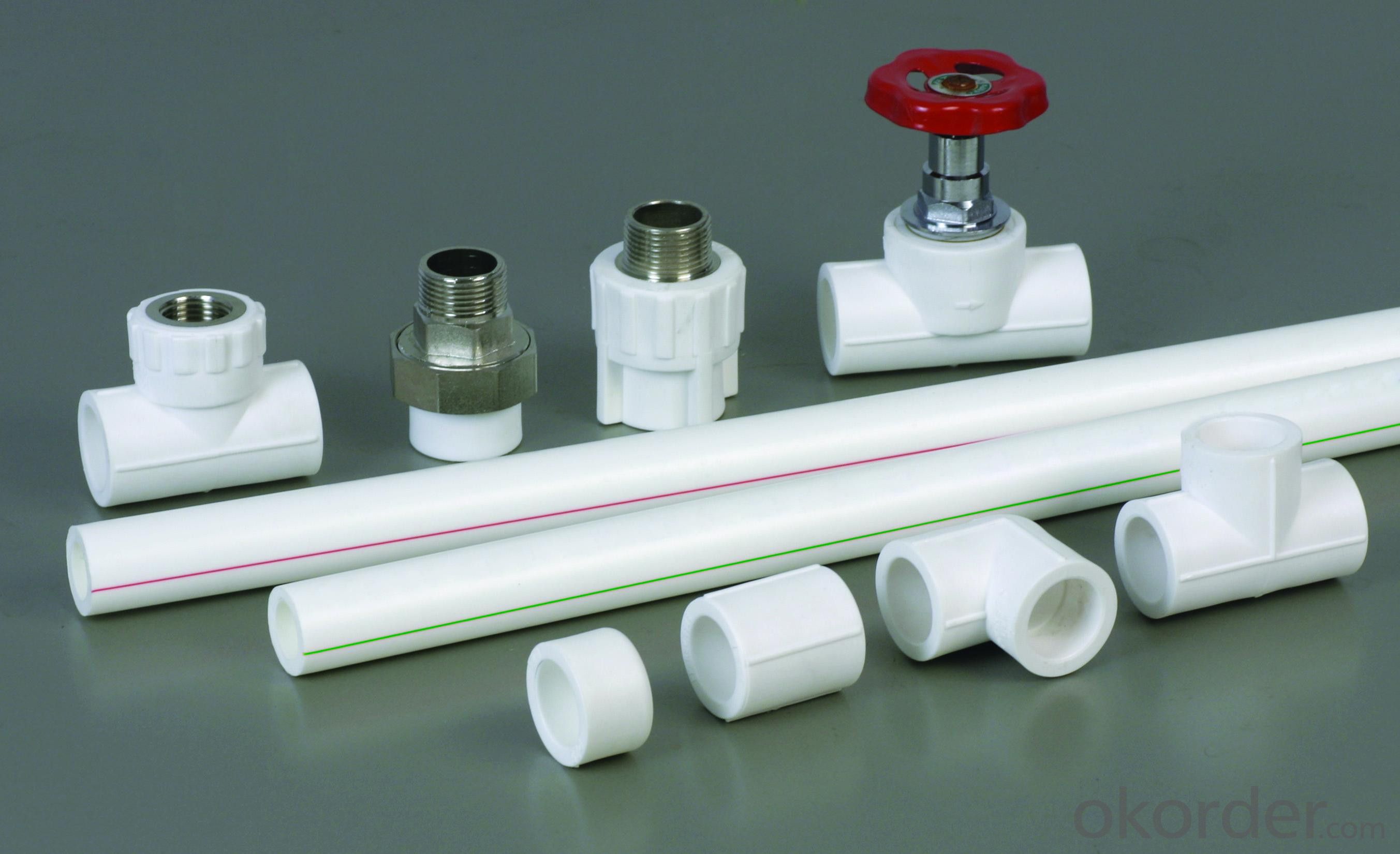





/how-to-install-a-sink-drain-2718789-hero-24e898006ed94c9593a2a268b57989a3.jpg)









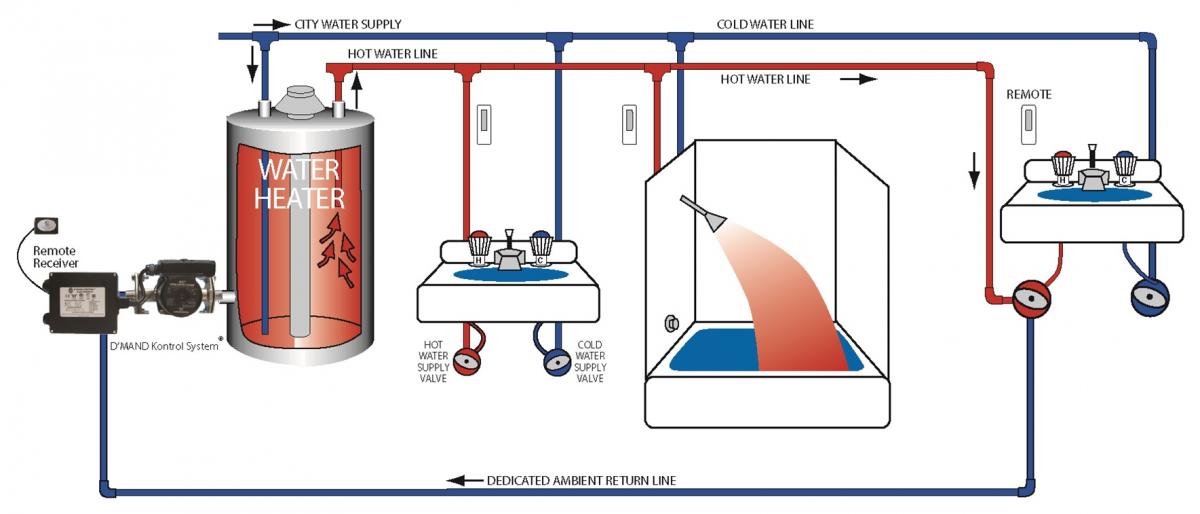
/Plastic-Plumbing-Pipe-183508152-58a47c925f9b58819c9c8ac6.jpg)






:max_bytes(150000):strip_icc()/sink-pipe-under-wash-basin-119001607-6f28aec4c66944efb7a9a38cb622ab8b.jpg)

